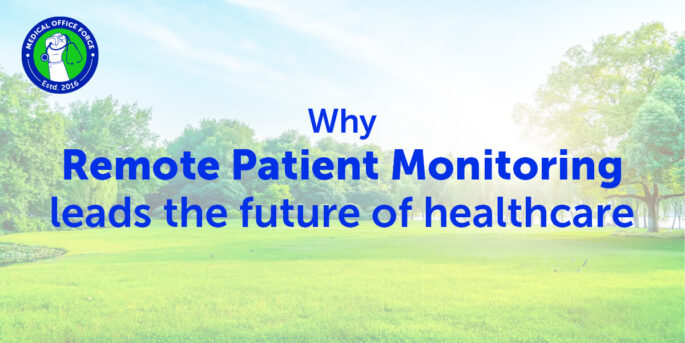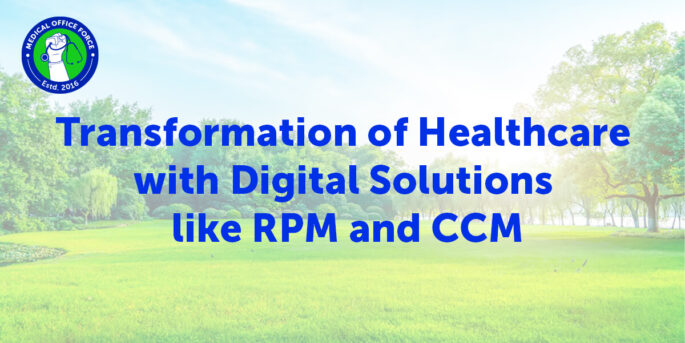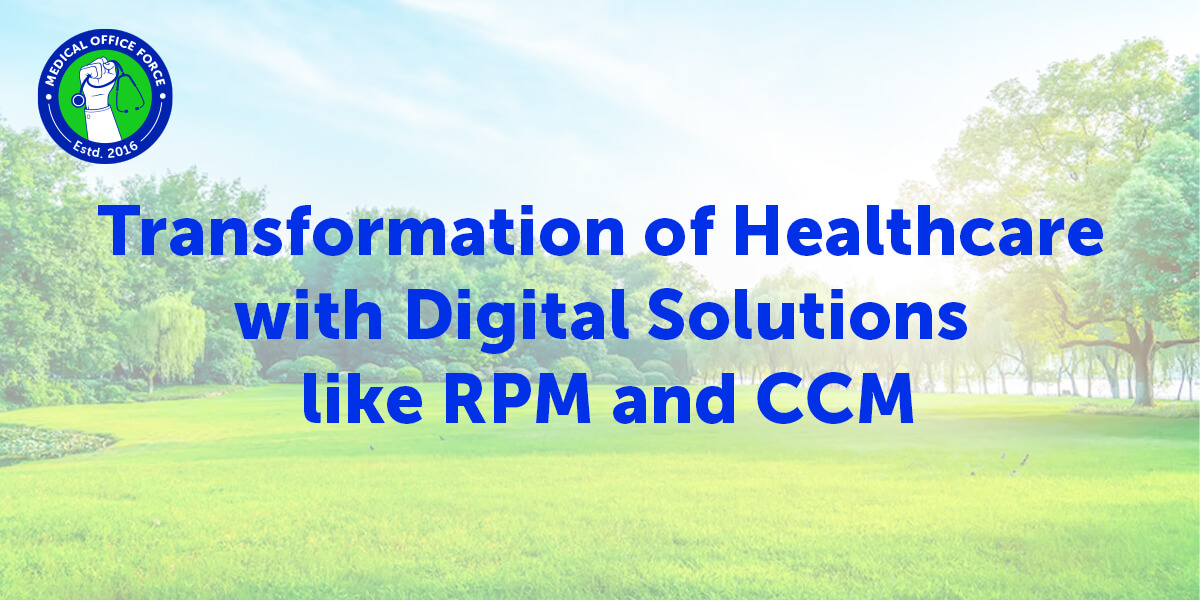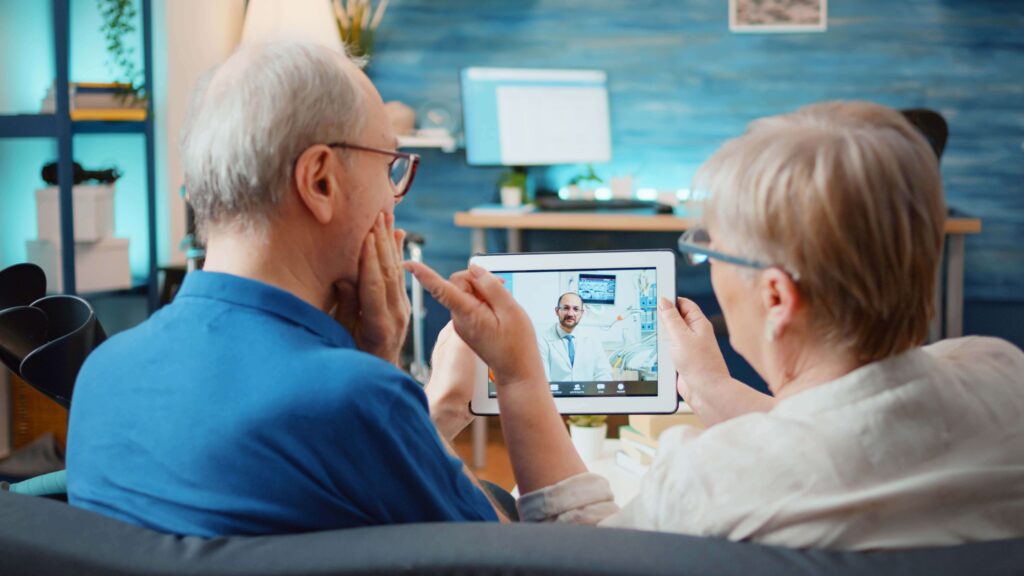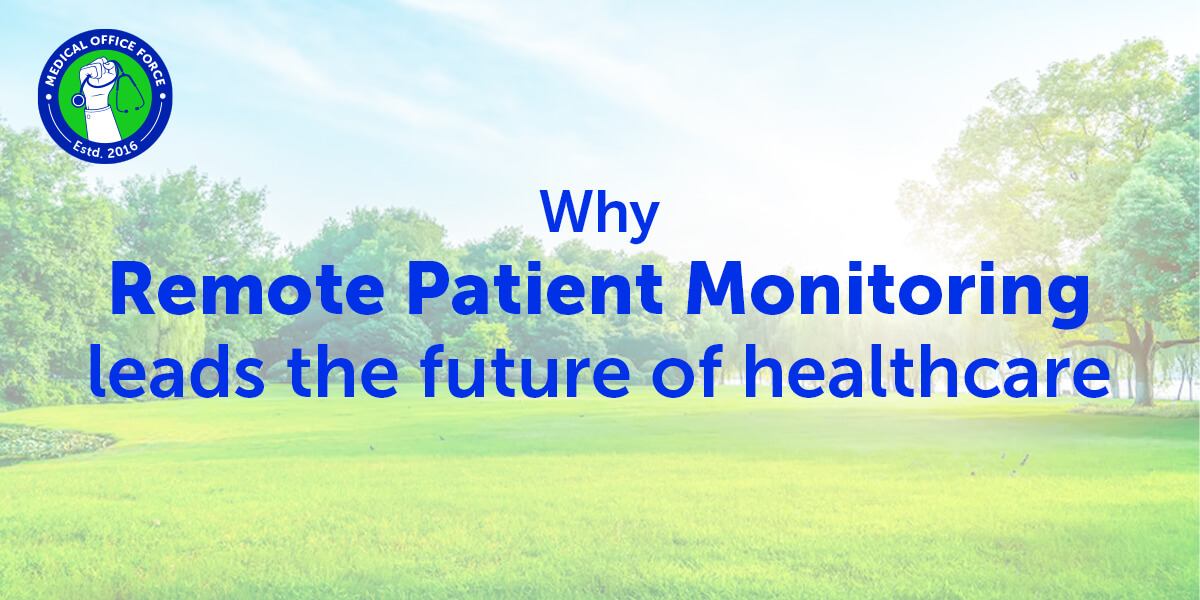
Why Remote Patient Monitoring (RPM) Leads the Future of Healthcare
Remote Patient Monitoring (RPM) is transforming the healthcare landscape by enabling continuous and proactive patient observation outside traditional clinical settings. Leveraging advanced digital devices such as wearables, blood pressure monitors, and glucose meters, RPM seamlessly collects and transmits vital health data to healthcare providers in real-time. This allows doctors to monitor patients remotely, make timely interventions, and customize care plans without the need for frequent in-person visits.
RPM plays a pivotal role in managing chronic conditions like diabetes, hypertension, and heart disease, ensuring patients receive consistent care while staying in the comfort of their homes. For rural or underserved populations, it bridges accessibility gaps, offering reliable healthcare solutions where hospitals may be far away.
As healthcare evolves, RPM promotes patient empowerment, improving engagement and health outcomes while reducing hospital readmissions and costs. By integrating convenience, efficiency, and innovation, RPM is undeniably shaping the future of modern, patient-centered care.
What Is Remote Patient Monitoring?
Remote Patient Monitoring (RPM) uses digital technology to gather health data from patients at home and securely share it with healthcare providers for evaluation and guidance. This information may include vital signs, body weight, blood pressure, glucose levels, and other critical health metrics essential for effective care. By facilitating real-time monitoring, RPM enables proactive management of a patient’s health conditions, reducing the need for frequent in-person visits.

Benefits of Remote Patient Monitoring in Healthcare
1. Continuous Monitoring: RPM allows for the ongoing observation of a patient’s health status, enabling early detection of potential issues and timely interventions.
2. Improved Patient Engagement: By involving patients in their own care through monitoring devices, RPM enhances patient engagement and self-management of chronic conditions.
3. Enhanced Access to Care: RPM bridges the gap between patients and healthcare providers, especially for those in remote or underserved areas, ensuring timely access to medical attention.
4. Reduced Hospital Readmissions: Continuous monitoring can prevent complications that lead to hospital readmissions, improving patient outcomes and reducing healthcare costs.
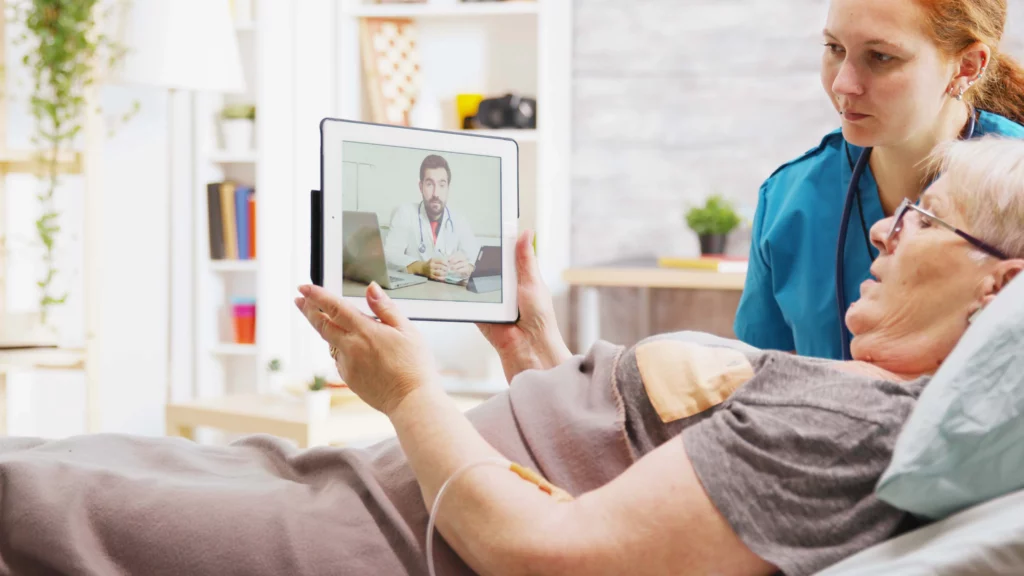
5. Personalized Care: RPM provides healthcare providers with detailed patient data, allowing for customized treatment plans to meet individual needs.
Advantages and Disadvantages of Remote Patient Monitoring
1. Early Detection of Health Issues : Continuous data collection facilitates the early identification of health problems, enabling prompt interventions.
2. Convenience : Patients can access high-quality care from the comfort of their homes, improving convenience, treatment adherence, and overall healthcare experience.
3. Cost-Effectiveness : Remote Patient Monitoring helps lower healthcare costs by reducing the need for hospital stays and frequent in-person visits.
Disadvantages:1. Data Accuracy Concerns : Improper use of monitoring devices can lead to inaccurate data, potentially affecting patient care.
2. Privacy and Security Risks : The transmission of health data over digital platforms raises concerns about data security and patient privacy.
3. Technological Barriers : Some patients may face challenges in using RPM devices due to a lack of technological proficiency or access to necessary equipment.
The Future of Remote Patient Monitoring
The future of Remote Patient Monitoring holds great potential, driven by technological advancements and growing acceptance among both healthcare providers and patients for improved care delivery. The global market for Remote Patient Monitoring is expected to soar to $1.7 billion by 2027, reflecting remarkable growth and widespread adoption.
Innovations such as wearable devices and mobile health applications are enhancing the capabilities of RPM, allowing for more comprehensive monitoring and data collection. The integration of artificial intelligence and machine learning algorithms can also provide predictive analytics, further improving patient care.
However, to fully realize the potential of RPM, it is essential to address existing challenges, including ensuring data accuracy, enhancing cybersecurity measures, and improving patient education and engagement. By overcoming these obstacles, RPM can lead the future of healthcare delivery, offering a more efficient, accessible, and patient-centered approach to care.
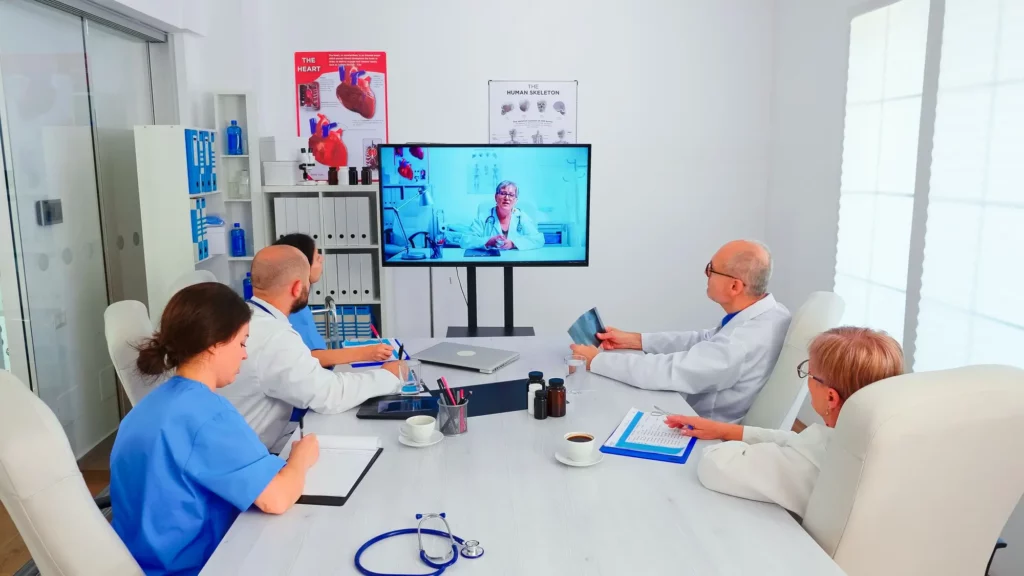
Conclusion
Remote Patient Monitoring (RPM) is bringing a change in healthcare by blending technology, accessibility, and patient-centered care. Enabling real-time monitoring empowers patients to take control of their health while providing healthcare providers with critical insights for timely, personalized interventions. Despite challenges like data security and technological barriers, ongoing innovations—such as AI, wearables, and mobile health apps—are revealing RPM’s full potential. As healthcare evolves, RPM stands as a beacon of efficiency and accessibility, particularly for chronic disease management and underserved populations. With its ability to improve outcomes, reduce costs, and enhance patient engagement, RPM is undeniably leading the future of modern healthcare.
Take charge of your health journey with cutting-edge Remote Patient Monitoring solutions. At Medical Office Force, we’re dedicated to empowering patients and providers with advanced tools for better care. Discover how RPM can transform your healthcare experience. Visit us today and step into the future of care.
Resources
- Posted on - January 6, 2025


